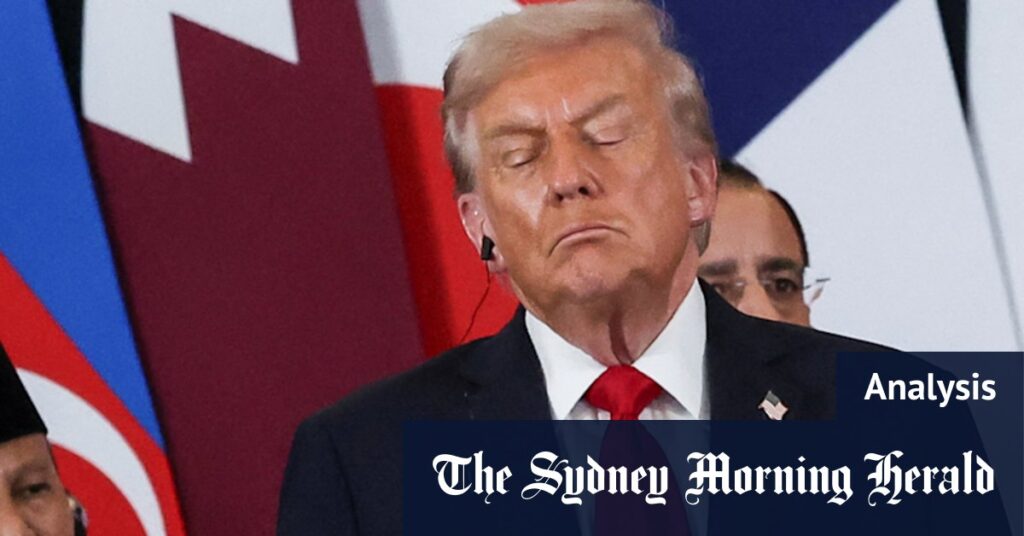
Greetings from Singapore. As the world watches the Middle East and Ukraine, another conflict continues to simmer largely unnoticed: the war in Myanmar. Despite US President Donald Trump’s recent claims of resolving international conflicts, Myanmar remains a glaring exception. The Southeast Asian nation has been embroiled in a deadly struggle since the military coup in February 2021, with no end in sight.
The announcement comes as Trump touts his role in facilitating ceasefires in other regions, such as the temporary peace between Thailand and Cambodia earlier this year. However, Myanmar’s conflict is far more complex and deeply rooted, involving a myriad of resistance groups and a military regime known for its brutal tactics.
The Current Situation in Myanmar
Since the military, known as the Tatmadaw, seized power from the elected government of Aung San Suu Kyi, it has faced fierce opposition from various resistance groups. These groups have grown in number and diversity, united by a common goal to overthrow the junta. However, the Tatmadaw’s response has been ruthless, with reports of attacks on civilians and tactics reminiscent of terrorist organizations.
Last week, the Tatmadaw reportedly used a paraglider to bomb a candlelight vigil in the Sagaing region, resulting in at least 20 deaths, including children. Exiled Myanmar media have also reported other attacks that have killed additional children, highlighting the ongoing humanitarian crisis.
According to the United Nations, the civilian death toll since the coup is nearly 7,000, including more than 800 children. The regime also holds over 22,000 political prisoners.
The International Response
The dire situation in Myanmar has largely been overshadowed by other global conflicts, making it difficult to garner international attention and action. The United Nations and ASEAN have been vocal in their condemnation, but their efforts have been largely ineffective in bringing about change.
Morgan Michaels, an analyst from the International Institute for Strategic Studies, believes that a political solution is essential. “There will still be changes in territory here or there. There could be major offensives by either side, and there’ll be ups and downs for either side. But the opposition is so fragmented at this point, and that’s getting worse,” he says.
ASEAN’s Five-Point Consensus, which aims to foster dialogue and peace, has yet to yield significant results. Meanwhile, the US State Department maintains its stance of solidarity with Myanmar’s people, urging the military regime to cease violence and engage in genuine dialogue.
The Role of the United States
Can Trump play a peacemaker role in Myanmar? Michaels suggests that while Trump’s previous strategies, such as tariff threats, may not be applicable, the US could still support dialogue and de-escalation efforts. “They could provide technical support and funding to opposition groups,” he notes.
However, the situation is complicated by the presence of various opposition groups, some of which have questionable motives. While some aim for democracy, others have committed atrocities similar to those of the Tatmadaw. This fragmentation poses a significant challenge to any peace efforts.
Moreover, Myanmar’s rich deposits of rare earths, processed largely in China, add a layer of geopolitical complexity. Any US involvement in the region would need to navigate these economic interests carefully.
Looking Ahead
Myanmar’s conflict remains a challenging issue for the international community. The US, while expressing solidarity, has yet to make significant strides in influencing the situation. The Tatmadaw’s backing by powerful allies like China and Russia further complicates potential interventions.
For now, Myanmar remains a nation in turmoil, its people caught in a protracted struggle for freedom and democracy. As the world continues to focus on other crises, the question remains: will Myanmar ever become a priority on the global stage?






